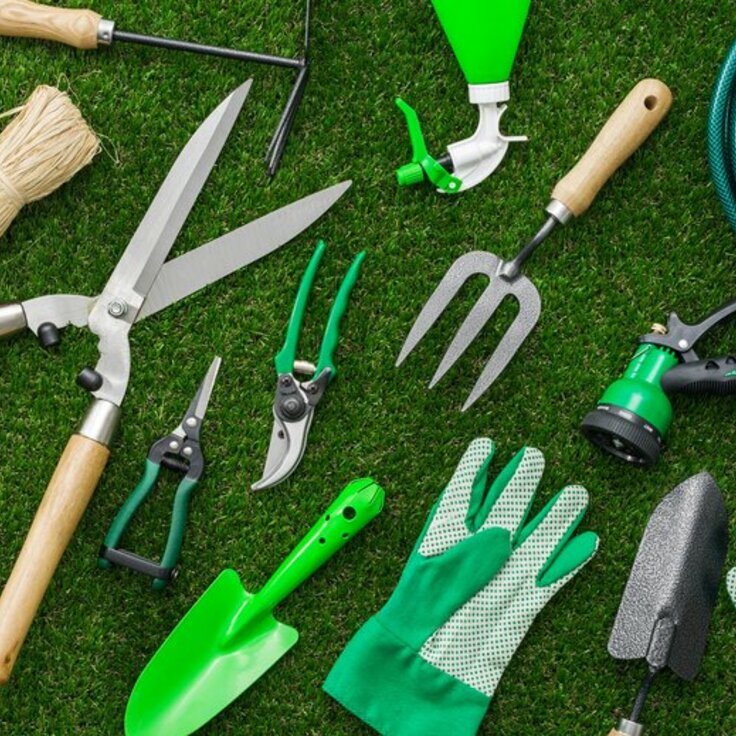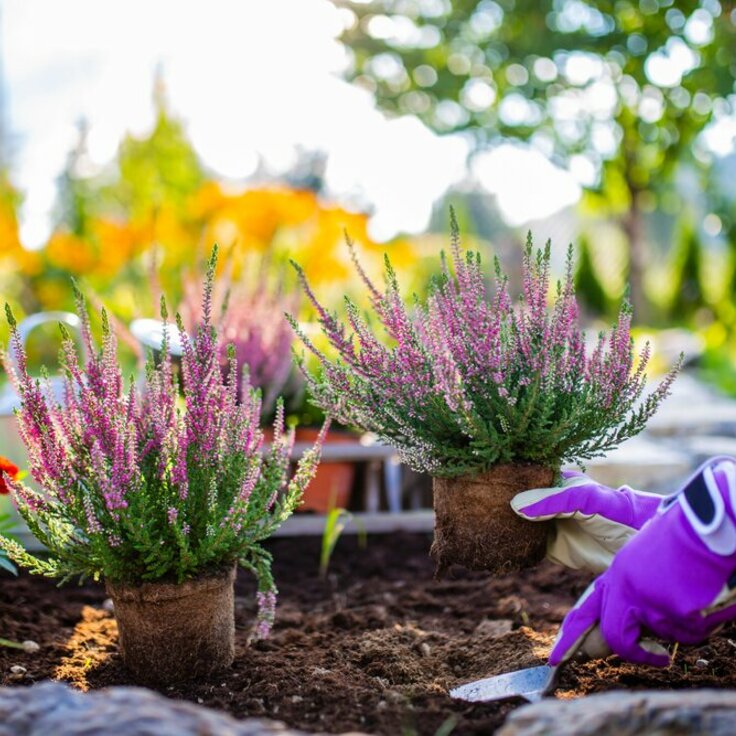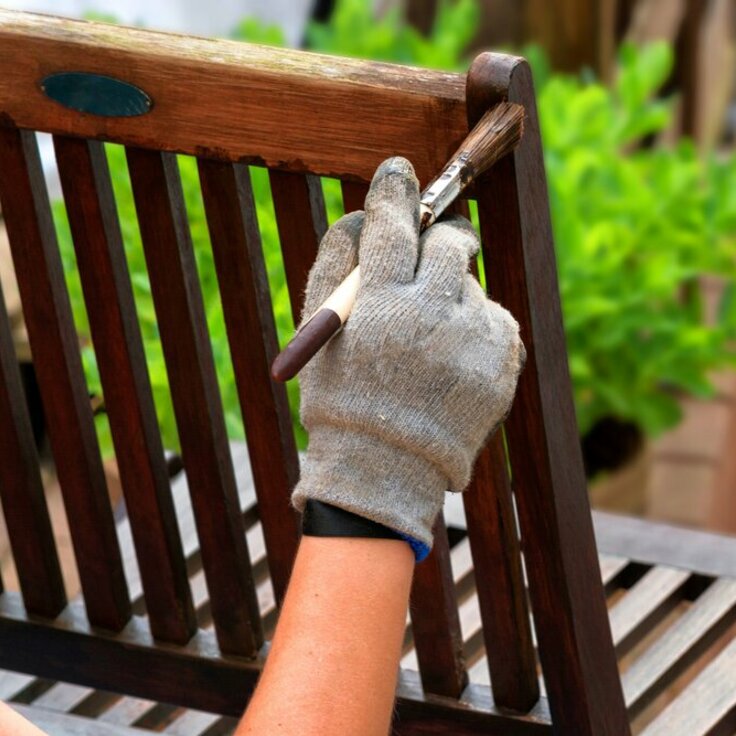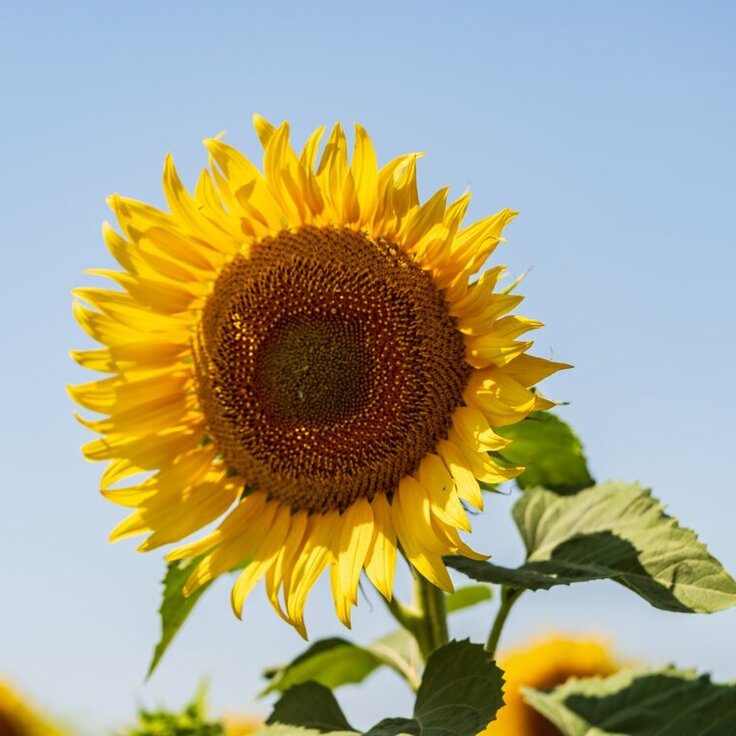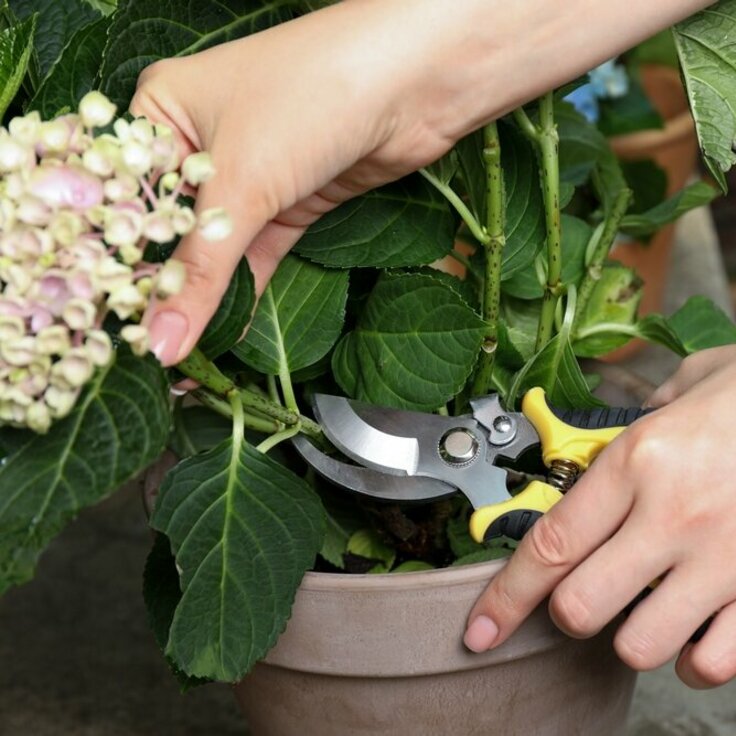Key Advice for Repotting Houseplants
Repotting is essential for maintaining the health of your houseplants. Whether you're just starting out or are a seasoned plant enthusiast, understanding when and how to repot your plants is crucial. In this guide, we'll provide key advice and strategies for repotting, ensuring that your plants adjust smoothly and continue to thrive in their new pots. We’ll discuss the best times to repot, recommended practices, and whether repotting during winter is advisable. Let’s get started!
When Is the Best Time to Repot Houseplants?
The initial consideration is: when is the optimal time to repot your houseplants? Spring is typically the best season to relocate your plants. As the growing season kicks in after winter's dormancy, plants are more resilient and better able to cope with the stress of repotting. If you observe that your plant has outgrown its current pot, indicated by roots pushing through drainage holes or soil drying out rapidly, it’s time to upgrade to a slightly larger pot.
For slower-growing plants such as cacti and succulents, repotting every two to three years should be sufficient. Conversely, faster-growing varieties like Monstera or Pilea might need a new pot annually.
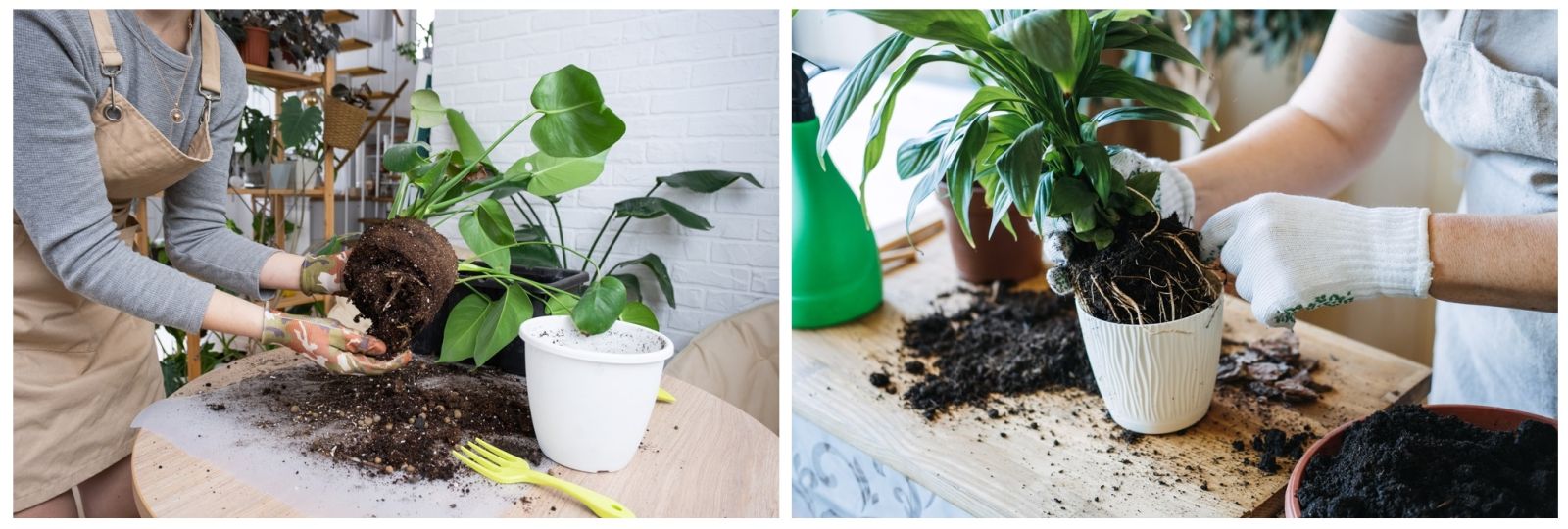
How to Repot Houseplants?
Now that you know when to repot your plants, let’s go over how to do it properly. Repotting is a straightforward task, but following a few key steps will ensure your plant adjusts comfortably to its new pot.
Step 1: Choose the Right Pot
Selecting the right pot is a crucial part of the repotting process. For smaller plants, a compact pot may suffice, but as your plant grows, opt for a larger one. Consider a tall pot for plants with deep roots or a narrow growth pattern. Terracotta pots are popular due to their natural look and breathable properties, which help regulate soil moisture. Pots with legs can also be a great choice, providing extra height and ensuring good drainage.
Step 2: Prepare Your Plant
Before starting, gather all the necessary supplies. You’ll need a new pot, houseplant compost, and possibly some plant food. It’s also beneficial to water your plant the day before repotting to make it easier to remove from its old pot without harming the roots.
Step 3: Repotting Procedure
Carefully remove your plant from its current pot. If it's stuck, gently press or tap the pot to loosen the roots. Add a layer of fresh compost to the bottom of the new pot. Place the plant in the centre and fill in around the roots with additional compost. Lightly press the soil to secure the plant in its new home.
What You Need for Repotting a Houseplant
Before you begin, ensure you have all the required materials and tools on hand. This will streamline the process and ensure your plant gets the best care. Here’s a checklist of essentials:
- New pot: Choose one that’s slightly larger than the current pot.
- Houseplant compost: Opt for high-quality compost suitable for indoor plants.
- Plant food: Feed your plant after repotting to support growth.
- Watering can or spray bottle: To hydrate your plant before and after repotting.
- Gloves: Protect your hands, especially with spiky plants.
- Scissors or pruning shears: For trimming any dead or damaged roots use a small scissor or pruning shear.
- Drainage material: Such as clay pebbles, to allow excess water to escape.
Repotting Houseplants in Winter
Many wonder if it’s feasible to repot houseplants during winter. While spring is generally ideal, there are situations where winter repotting is necessary, particularly for plants that are severely root-bound or showing signs of poor health, such as yellowing leaves or stunted growth.
If you do repot in winter, exercise extra caution. Plants receive less light and are in a resting phase during this time, making them more vulnerable to stress. Choose a pot that’s only slightly larger than the current one to avoid overwhelming the roots with too much new space. Use high-quality compost and avoid overwatering, as the plant’s growth is slower, and the soil remains moist for longer.
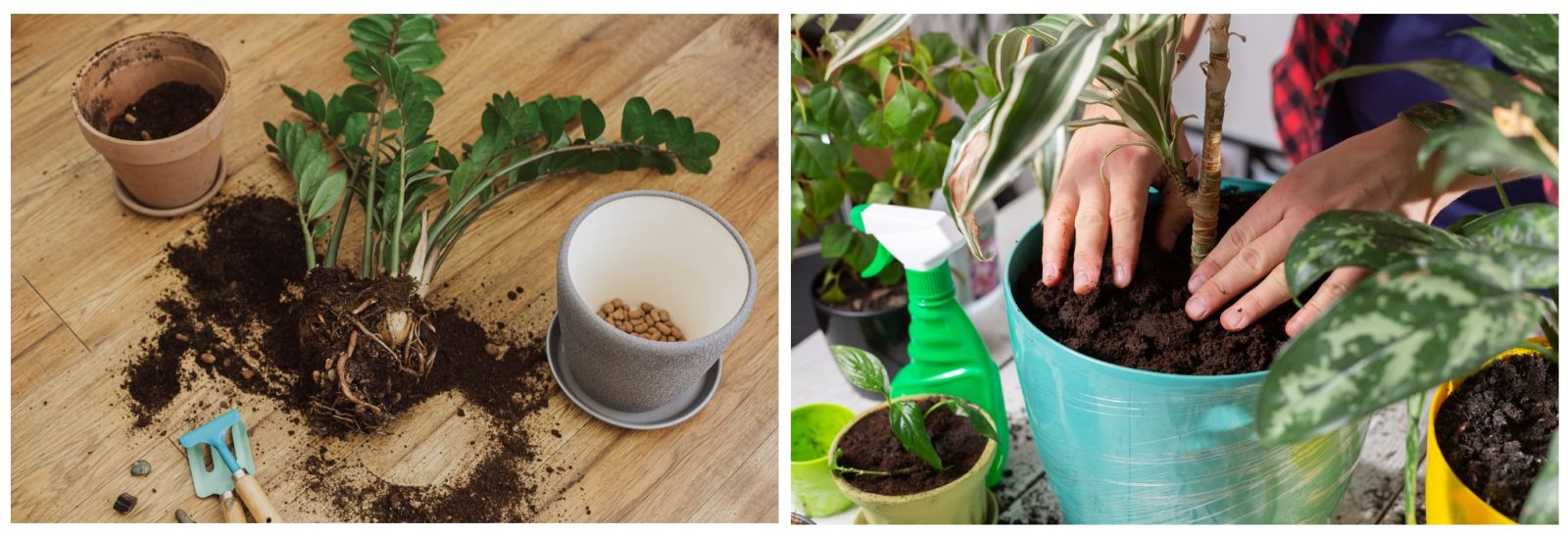
Care After Repotting
After repotting, it’s important to give your houseplants the care they need to adjust to their new environment. Place the plant in a well-lit area, but avoid direct sunlight, especially if using a terracotta pot, as these can heat up quickly and stress the plant. Keep the compost moist but not waterlogged. In the weeks following repotting, consider feeding your plant to encourage growth.
Buying Pots and Supplies
Whether you need a large indoor pot, a tall planter, a terracotta pot, or a pot on legs, you can find these items at your local garden centre. The benefit of shopping there is that you can also pick up the right houseplant compost and plant food, ensuring you have everything you need in one go for repotting your plants.
Repotting is a vital part of maintaining your houseplants. By understanding when and how to repot, and using the appropriate materials, you can help your plants stay healthy and happy. Choose a suitable indoor pot that fits your plant’s needs and complements your home’s decor. Visit your local garden centre for a wide selection of pots and all the essentials you need. With proper care and attention, your houseplants will thrive in their new home!

